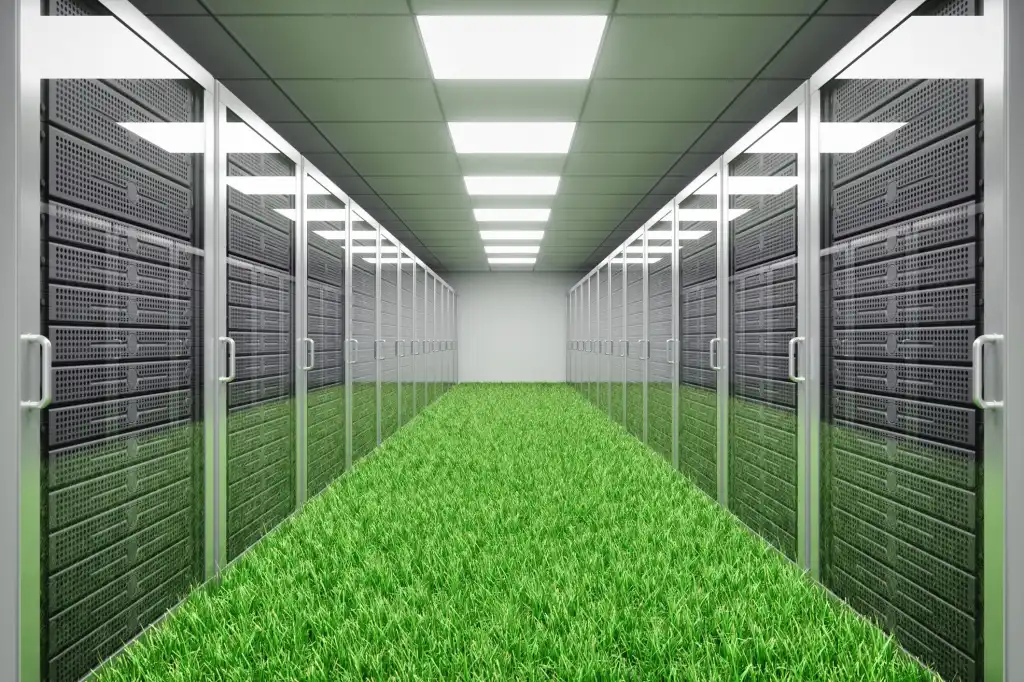
Love that one — timely, thought-provoking, and super relevant for 2025 readers. Here’s a full article draft for “How Green is Your Cloud? The Environmental Cost of Data Storage”, written in a modern, balanced tone that works great for blogs, thought leadership, or educational content on Epic Sphere Cloud.
🌱 How Green is Your Cloud? The Environmental Cost of Data Storage
Cloud computing has transformed how we build, scale, and interact with technology. But behind the seamless experience of your favorite apps, AI tools, and online storage lies an uncomfortable question:
What’s the environmental cost of all that data?
In 2025, sustainability isn’t just a buzzword — it’s a business imperative. And as more organizations go “all-in” on the cloud, we need to ask: How green is it, really?
🌍 The Hidden Carbon Footprint of the Cloud
The cloud might seem intangible, but it’s powered by physical infrastructure—massive data centers packed with servers, cooled 24/7, and demanding vast amounts of electricity.
Key contributors to cloud-related emissions:
- Energy-hungry data centers
- Cooling systems to prevent overheating
- Backup generators (often diesel-powered)
- Global data transfers across fiber networks
In fact, studies estimate the tech industry could account for up to 8% of global electricity use by 2030, with data storage being a major driver.
🔌 How Cloud Providers Are Responding
Thankfully, the major cloud players have stepped up their green game:
- Google Cloud: Claims to run on 100% renewable energy and is working toward operating on carbon-free energy 24/7 by 2030.
- Microsoft Azure: Pledged to be carbon negative by 2030 and to remove all historical emissions by 2050.
- Amazon Web Services (AWS): Aims to power its operations with 100% renewable energy by 2025.
Still, these pledges vary in transparency and scope. “Green cloud” doesn’t always mean zero carbon—it might just mean offsets, not reduced consumption.
📂 Data Storage: The Silent Culprit
While compute often gets the spotlight, data storage plays a massive role in energy consumption:
- Redundant backups
- Old, unused data (“data graveyards”)
- High-availability storage systems running 24/7
The more data we collect, the more energy is needed to store, replicate, and keep it accessible—even if we never use it again.
⚠️ The Problem of “Digital Waste”
Not all data is valuable.
- Old log files
- Forgotten media assets
- Unused backups
- Repetitive or duplicate datasets
This digital hoarding contributes to higher energy bills and larger carbon footprints. In the cloud age, “delete” is the new recycle.
✅ What You Can Do: Green Storage Tips
1. Audit your data regularly
- Identify and clean up unused or low-value data
- Use lifecycle policies to auto-archive or delete stale data
2. Use tiered storage options
- Move infrequently accessed data to cold storage (like AWS Glacier or Azure Archive)
3. Choose green cloud providers
- Look for providers with verifiable sustainability commitments and renewable energy sourcing
4. Optimize your architecture
- Use serverless or event-driven models to reduce idle resource usage
- Compress files and reduce duplication
5. Monitor your carbon footprint
- Tools like Microsoft’s Sustainability Calculator or Google’s Carbon Footprint dashboard can help visualize your impact
🔄 The Shift Toward Sustainable Cloud Practices
Forward-thinking organizations are beginning to factor environmental impact into their architecture decisions. That includes:
- Carbon-aware load balancing (routing traffic to data centers with the cleanest energy at any given time)
- Sustainable DevOps practices (building efficiency into CI/CD pipelines)
- Sustainable AI (training models using cleaner compute sources)
This isn’t just good for the planet—it’s good PR, good for compliance, and good for long-term cost optimization.
🌤️ Final Thoughts: Greening the Cloud Is a Shared Responsibility
The cloud is greener than it was five years ago—but it’s still not carbon-neutral by default. And as AI, IoT, and Web3 ramp up global data usage, the environmental burden will only grow.
So next time you hit “upload” or spin up a new cloud service, ask yourself:
Is this necessary? And is there a greener way to do it?
Because making the cloud sustainable isn’t just the job of hyperscalers.
It starts with the decisions we make—every day.
🌿 Want to future-proof your architecture and reduce your data footprint?
Epic Sphere Cloud is here to guide you on the path to sustainable tech. Stay tuned for green dev guides, tools, and architecture strategies.
Would you like an infographic version, SEO-optimized title/meta, or suggestions for social media posts to promote this one?





